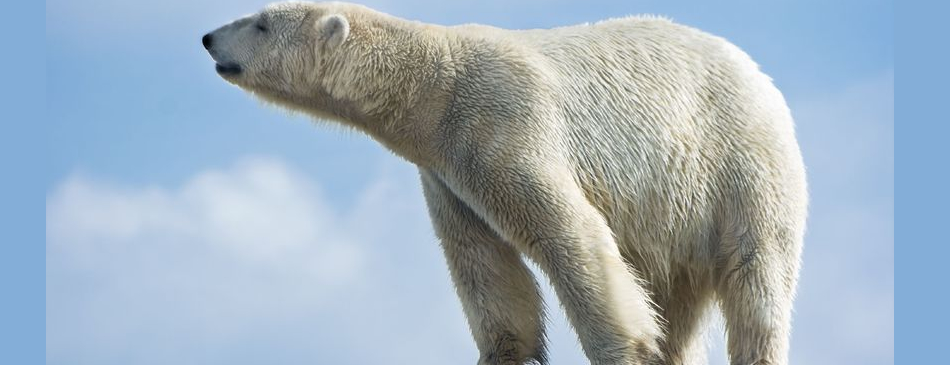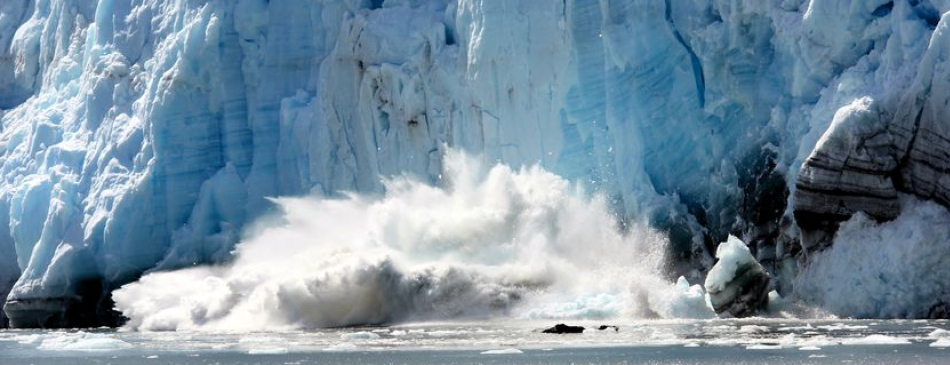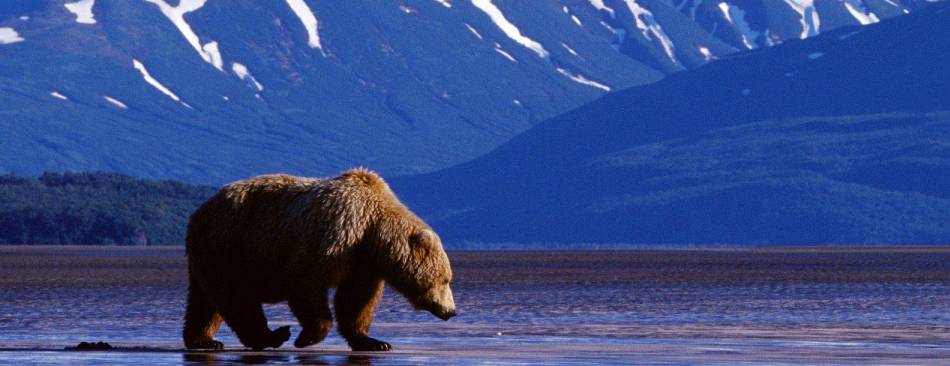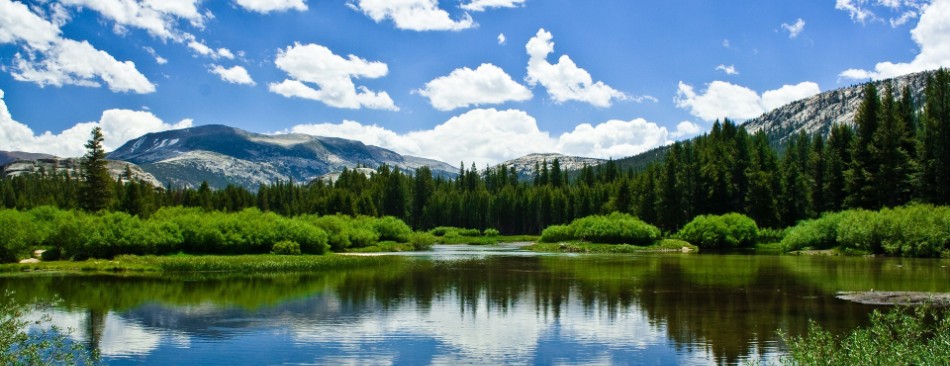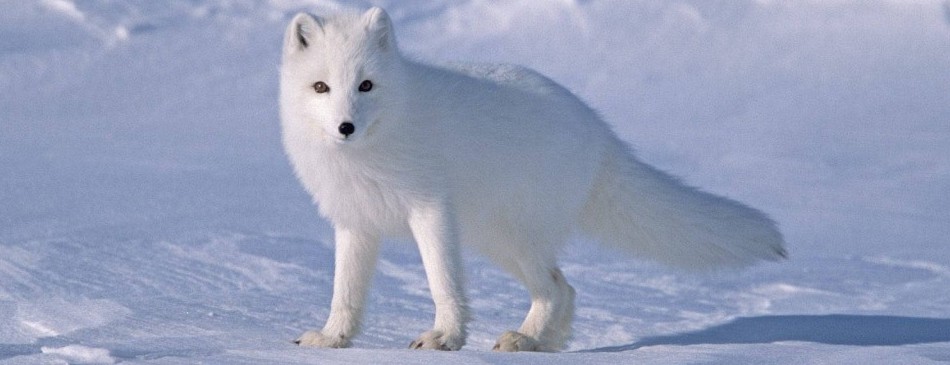|
The red fox has the appearance of a small dog and weighs from 10 to 15 pounds and measures up to 2 feet long with another foot for a bushy tail. The end of the tail is black, tipped with white. The Red Fox is most commonly a rusty red, with white underbelly, black ear tips and legs, and a bushy tail usually with a distinctive white tip. The "red" tone can vary from dark chestnut to golden. Because the gray fox frequently has quite a lot of red hair, it may be confused with the red fox. The red fox is essentially a nocturnal animal, but it occasionally feeds during the day, and more at dawn and dusk.
The red fox is usually recognized by its reddish coat, its white-tipped tail, and black “stockings,” although the species does have many color variations. The outside of the ears may be black-tipped, while the inside is usually white. The white tip on the tail will distinguish this fox from other species, regardless of its color phase. Red is the most common color, but the hair may be from light yellowish to deep auburn red. Several color phases can occur in one litter. Red foxes displaying a distinct color pattern are referred by the name of that phase (i.e., red, cross, silver, black). The cross fox, for example, has a black/brown cross on the back and shoulders. The silver and black phases are similar. However, the black does not have the silver-tipped guard hairs characteristic of the silver fox. The occurrence of black-silver phase appears to increase toward the north and the northwest of Alaska. However, even where most abundant, it comprises less than 2 percent of the population.
Red Foxes are largely carnivorous. Red foxes are solitary hunters and the majority of their diet consists of invertebrates, such as insects, mollusks, earthworms and crayfish. They do also eat some plant material, especially blackberries, apples, plums and other fruit. Common vertebrate prey includes mice, rabbits, birds, eggs, frog, small reptiles, fish, and even worms. They usually hunt alone. With their acute sense of hearing, they can locate small mammals in thick grass, and they jump high in the air to pounce on the prey. They also stalk prey such as rabbits, keeping hidden until close enough to catch them in a short dash. Foxes tend to be extremely possessive of their food and will not share it with others. If food is plentiful, they may kill more than they immediately need, and cache the extra in the ground.
Breeding takes place in late fall or early winter. A pair usually mates for life. An average of 5 pups are born after a gestation period of about 53 days. At birth the pups are blind, helpless, and brownish-black. They nurse for about two months and stay with their parents for about 6 months. The den site is usually a dug out underground burrow. The dens are usually 20-40 feet long and 3-4 deep, with multiple entrances.
The red fox is common in most of northern North America. It is found throughout Alaska, except for some of the islands of Southeast Alaska and the western Aleutians and is rare in Prince William Sound. It is native to Kodiak Island but is an introduced animal on many islands in the state as a result of fox farming operations in the early 1900s. Red fox populations in Southeast Alaska are sparse, but the animal is found in the Taku and Stikine river valleys and the Mendenhall Flats. Red foxes have also been seen on Douglas Island near Juneau.
The fox prefers broken country, extensive lowland marshes, and crisscrossed hills and draws. It is most abundant south of the arctic tundra. It is also present in tundra regions, which it shares with the Arctic fox. Where the ranges of the two species overlap, the red fox is dominant. In these areas, red foxes have been observed digging white (Arctic) foxes from their dens and killing them.
In areas where foxes have had little contact with humans, they display cautious curiosity. Even less fear is shown where contacts with humans are very common. Foxes are very adaptable to a wide range of habitats and can thrive close to humans, but they prefer wild settings. They require only a source of food and cover. Foxes are quite vocal, having a large repertoire of howls, barks, and whines.
The red fox has several natural enemies: man (principally as trappers), wolves, coyotes, lynx, wolverines, and perhaps bears. Eagles are the major predators of young foxes in some areas. In coastal areas from Dillingham to the North Slope, foxes are subject to periodic outbreaks of rabies, which can kill all foxes in a wide area.
|
